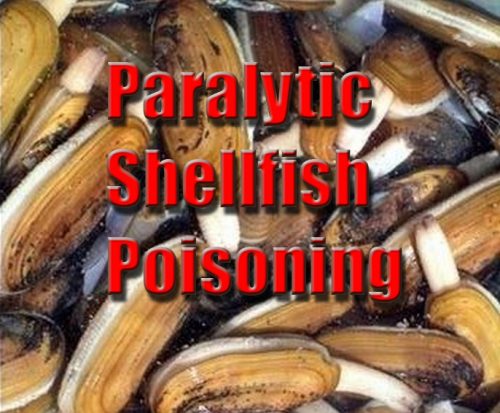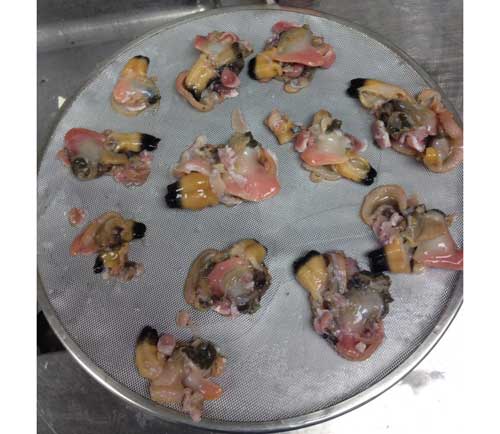JUNEAU, November 05, 2013 – The SouthEast Alaska Regional Health Consortium (SEARHC) warns Southeast Alaskans not to harvest and eat
shellfish in the southeast region.
On October 25, the Department of Health and Social Services announced that two probable cases of paralytic shellfish poisoning were reported as result of eating shellfish harvested in the Sitka area on Oct. 18, 2013.
After eating two of the clams, the male patient reported tingling in his left hand and lips. He was nauseated and vomited. The female patient had similar symptoms with a headache. Both patients quickly sought care at local emergency departments and were both were treated and released.
Leftover clams were sent to the Department of Environmental Conservation Environmental Health laboratory, where analysis revealed the presence of the toxin that causes paralytic shellfish poisoning.
What is paralytic shellfish poisoning (PSP)?
Paralytic shellfish poisoning, or PSP, is a potentially lethal toxin that can lead to fatal respiratory paralysis, according to the Alaska Department of Environmental Conservation. The toxin comes from algae, which is a food source for clams, mussels, crabs and other shellfish found across Alaska. This toxin can be found in shellfish every month of the year, and butter clams have been known to store the toxin for up to two years. The toxin cannot be seen with the naked eye, and there is no simple test a person can do before they harvest. One of the highest concentrations of PSP in the world was reported in shellfish from Southeast Alaska.
Symptoms of PSP can begin almost immediately, or they can take several hours after eating the affected shellfish before they appear. Symptoms include shortness of breath, tingling, dizziness and numbness. If you suspect symptoms of PSP, go immediately to a medical facility for treatment. Death is rare from PSP, but deaths have been reported from the ingestion of just one just one clam or mussel with the PSP toxin.
Are Southeast beaches safe for subsistence or recreational shellfish harvesting?
Department of Health and Social Services stresses that recreationally procured shellfish cannot be considered safe during any month of the year. In an official statement they said, “Any locally harvested shellfish — including clams, mussels, oysters, geoducks and scallops — can contain paralytic shellfish poison. Crabmeat is not known to contain the PSP toxin, but crab guts can contain unsafe levels of toxin and should be discarded. There is no way to tell if a beach is safe for harvesting by looking at it. Toxins can be present in large amounts even if the water looks clear. Also, the toxin can remain in shellfish long after the algae bloom is over. PSP cannot be cooked, cleaned or frozen out of shellfish.” The warning does not apply to commercially grown and harvested shellfish available in grocery stores and restaurants. Commercially grown and harvested shellfish goes through a regular testing program before going to market.
For more information on PSP go to: https://www.epi.hss.state.ak.us/id/dod/psp/default.htm, or https://www.cdc.gov/nczved/divisions/dfbmd/diseases/marine_toxins/.



